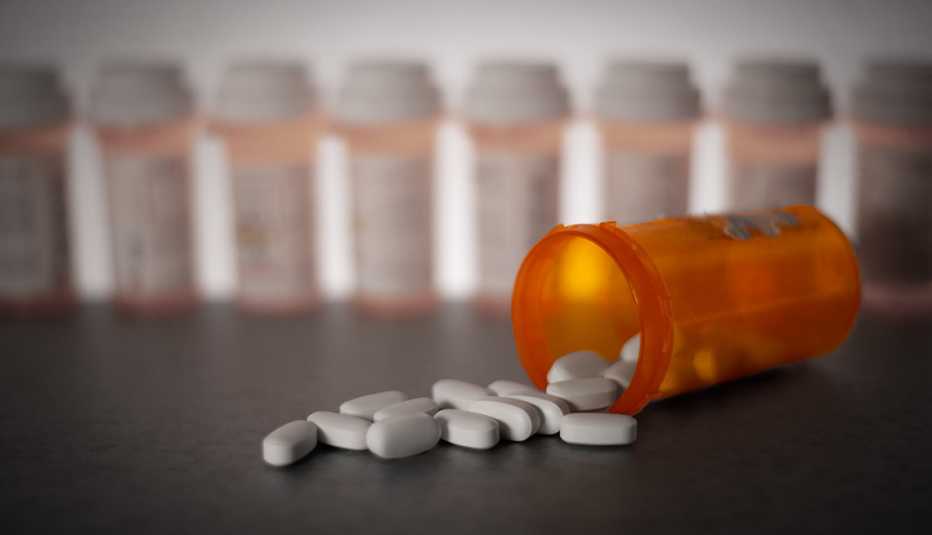Staying Fit


For the first time in Medicare’s history, the amount of money that beneficiaries in drug plans will have to pay for their prescriptions each year will be capped, thanks to provisions of the Inflation Reduction Act of 2022. The law makes other changes to the program’s Part D drug benefits, including putting a limit on out-of-pocket payments for insulin and making vital vaccines free.
“There was previously no limit on how much a person on Part D could have to pay in a given year,” says Nancy LeaMond, AARP’s executive vice president and chief advocacy and engagement officer. “And 1.3 million enrollees spent more than $2,000 in 2020.”


AARP Membership— $12 for your first year when you sign up for Automatic Renewal
Get instant access to members-only products and hundreds of discounts, a free second membership, and a subscription to AARP the Magazine.
As with many of the other provisions in the new law, the changes to Part D out-of-pocket spending are rolling out over several years. Here’s a look at how the new cost-sharing rules will work and when the savings will start. The U.S. Department of Health and Human Services (HHS) has established a website, lowerdrugcosts.gov, which outlines the prescription drug changes in the law.
Out-of-pocket costs capped
The big news for beneficiaries is that beginning in 2025, the maximum amount they will have to pay out of pocket for prescription drugs each year will be $2,000. Here are a few important details.
- This out-of-pocket limit applies if you get your prescription drugs through a stand-alone Part D plan that people enrolled in original Medicare sign up for, or if you access your Medicare through a private Medicare Advantage plan. Most of those MA plans also cover prescription drugs.
- The amount of the cap could change over time. If what Medicare Part D spends on prescription drugs per enrollee increases, that $2,000-a-year cap could also rise.
- If your Part D or MA plan has a prescription drug deductible, that will count toward the cap. So if your deductible is $100, once you’ve met that, your out-of-pocket costs will be capped once you’ve spent another $1,900 that year. In 2022 the maximum deductible Medicare allowed a Part D plan to charge was $480 a year. Many plans have lower deductibles or even no deductible.
In 2024, the year before the out-of-pocket cap takes effect, Medicare beneficiaries will no longer have any out-of-pocket costs once they enter what Medicare calls catastrophic coverage. The way catastrophic coverage used to work was that once an enrollee’s out-of-pocket costs reached a certain level ($8,000 in 2024), they had to pay 5 percent of their prescription drug costs, with no limit. But beginning this year, that 5 percent coinsurance requirement is gone and enrollees won’t have to pay anything for their prescription drugs for the rest of the year.
Another change to the Medicare drug benefit that begins in 2025 is the requirement that Part D plans offer enrollees the option of what is called smoothed cost-sharing. This means you can opt to have your out-of-pocket costs spread out over the year. This is designed to protect people from being hit with such a big drug bill at one time that it may discourage them from filling their prescriptions.

































































More From AARP
ACA Premium Subsidies Extended Through 2025
Inflation Reduction Act provision helps millions of Americans afford health coverage25 Medicare Drugs Have Tripled in Price Since Entering the Market
Rising prices of popular Part D prescription medications are far outpacing inflation10 Medications That Cost Medicare the Most
Blood thinners, diabetes treatments dominate the latest list of costliest Part D medications